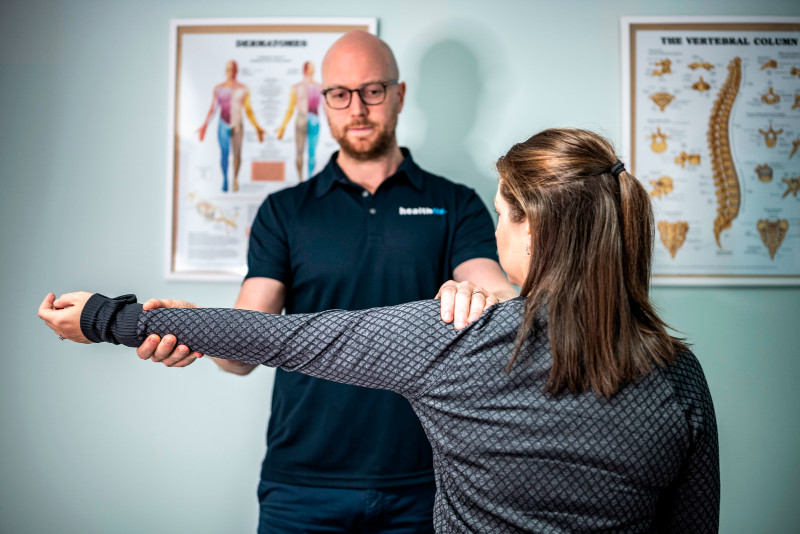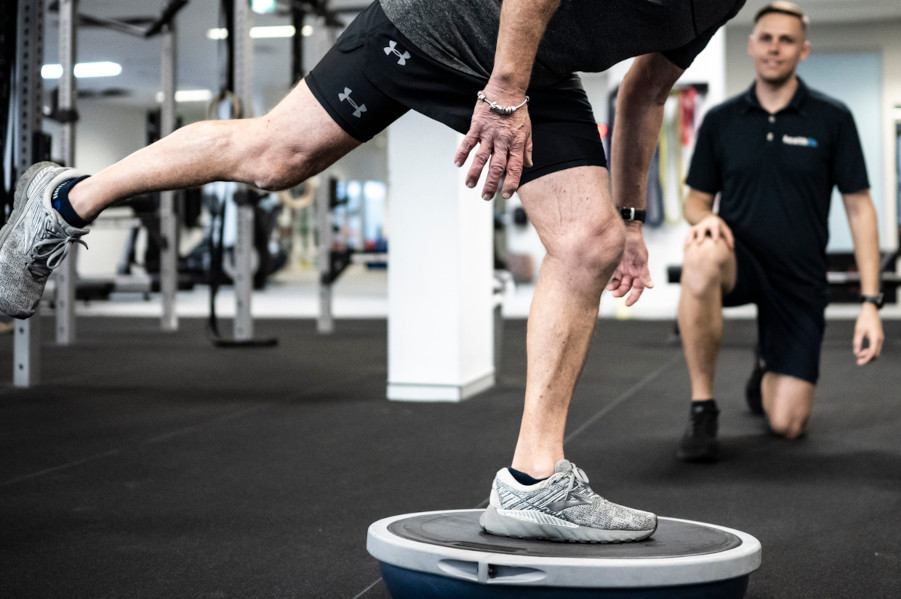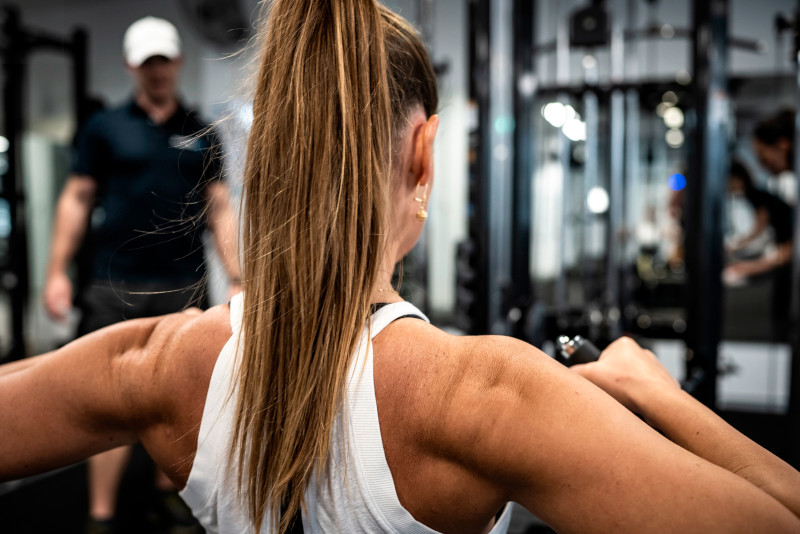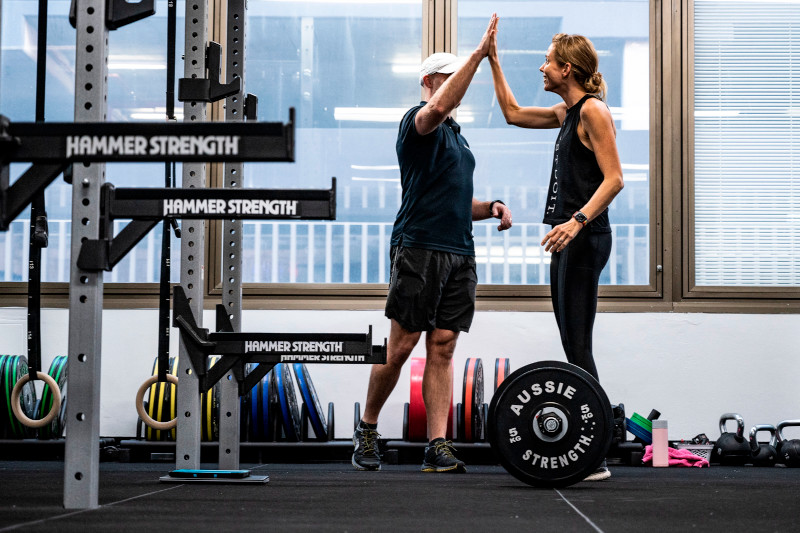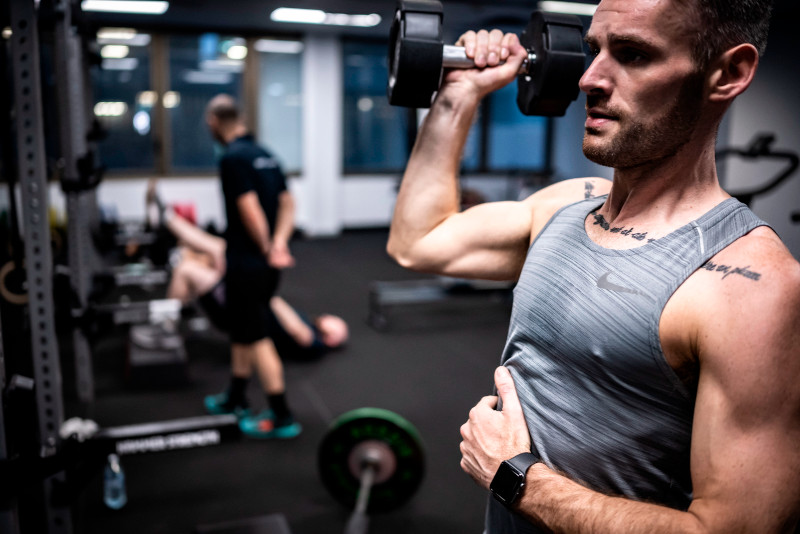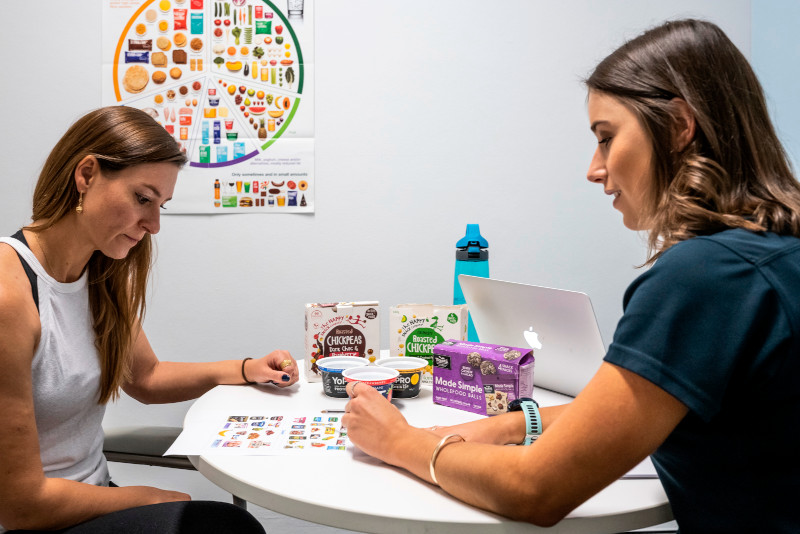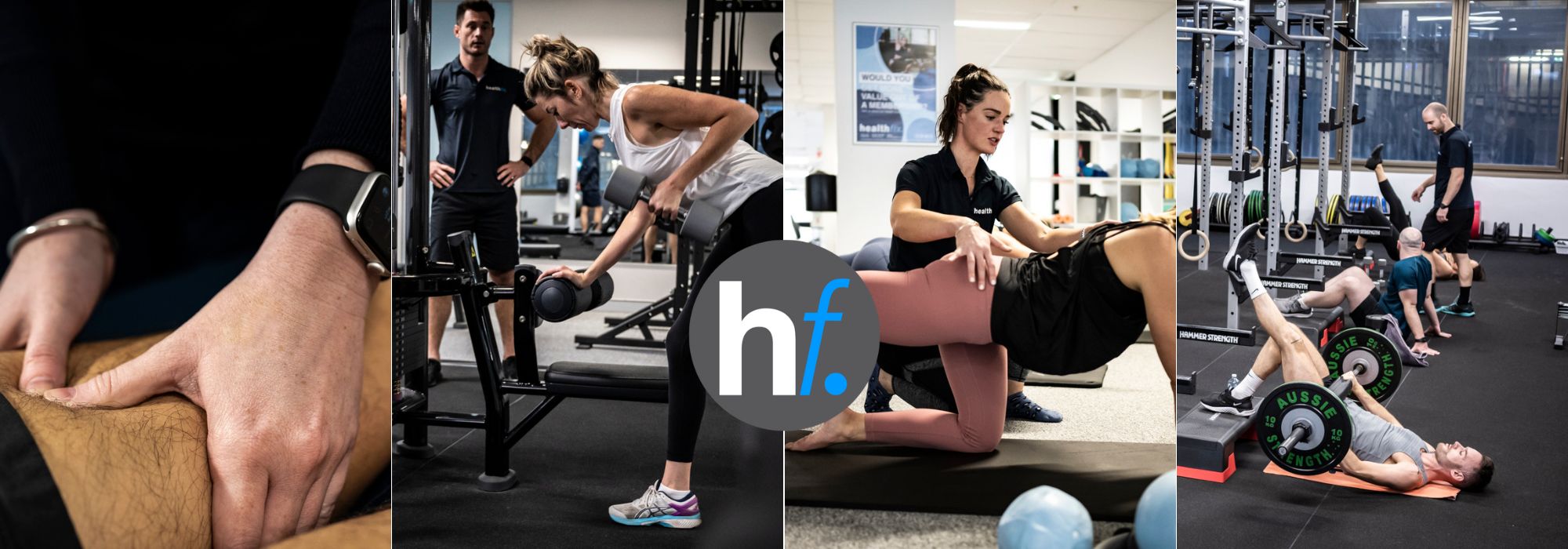
Healthfix Physio & Rehab Gym North Sydney
North Sydney
At Healthfix, we’re redefining physiotherapy in North Sydney, blending expert physio care with dynamic group classes for a comprehensive health transformation. Our tailored approach integrates physio rehab, strength conditioning, and wellness programs, empowering you to achieve lasting health outcomes.
Latest Articles

Healthfix North Sydney Physio’s Guide to Overcoming Shoulder Pain: Rotator Cuff Tendinopathy Rehabilitation

Discover Lifelong Strength with Healthfix

Meniscus Tears and How We Rehabilitate Them Using Physio
Get in touch
Use the form below to tell us how we can help you and we’ll be happy to get back to you as soon as possible.Contact Information
By Car: Metered street parking is available on Arthur Street, Berry Street, Mount St, and Walker St – watch out for clearways. Alternatively, the Greenwood Plaza car park is a 5-minute walk away – the first hour is free with a purchase. Paid parking is also available at NCP Wilson Parking at 133 Walker St.
By Train: It will take 3 minutes to walk from North Sydney train station to Healthfix at 53 Walker Street, North Sydney. You can see the directions here.
